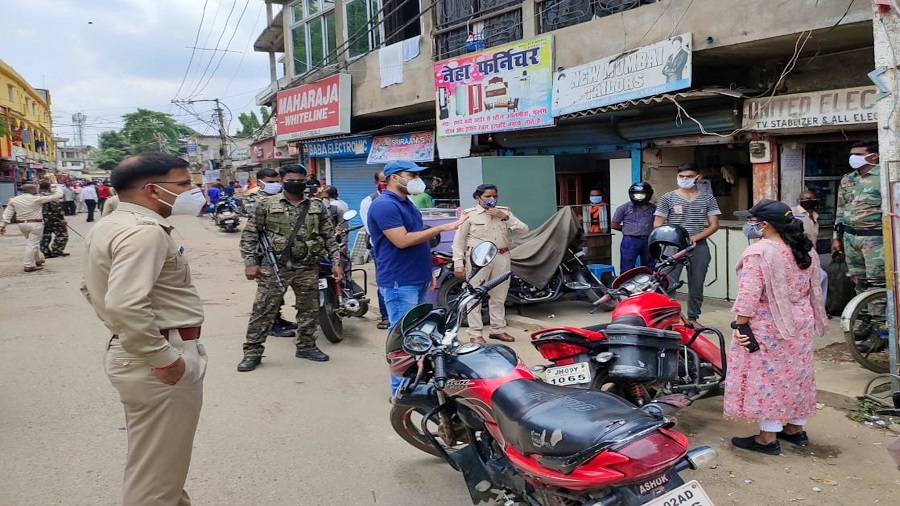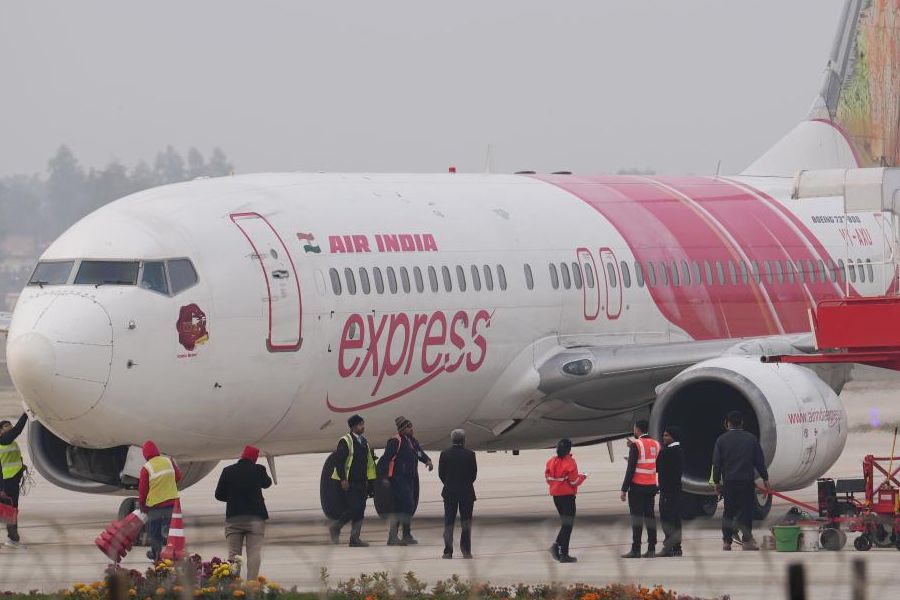The state government's focus has shifted from migrants to locals as the third wave of infections in Jharkhand, the most intense so far, has penetrated Covid-free colonies and led to surfacing of cases in neighbourhoods which were considered safe till date, officials dealing with the pandemic have said.
“Migrants did form a huge ratio of total cases in June, but almost all the migrants who returned home have been tested and most of them have recovered too,” said state health secretary Nitin Madan Kulkarni. “People who are not following the social distancing norms are testing positive now,” he added.
The first wave of coronavirus infections hit Jharkhand in April with the entry of Tablighi Jamaat members, who had attended a religious congregation in New Delhi's Nizamuddin Markaz. The first Covid-19 patient in Jharkhand was a 22-year-old Malaysian woman, who had attended the congregation, and was staying in Ranchi's Hindpiri, a locality that later became the largest containment zone in the state.
While the health machinery managed to check the spread of the virus then by effectively identifying infected residents and people who had returned from the congregation, a second wave of infection hit the state with the return of migrants in May, a senior health official said.
“Initially, a lot of patients were found to have links with Jamaat, but that number became negligible in May and the focus shifted to migrants,” he said, requesting anonymity.
As per government data, Jharkhand had reported only 125 cases of Covid-19 till May 5. By May 30, Jharkhand had 563 cases of Covid-19 and 355 of them were migrants. By June 15, migrants accounted for more than 70 per cent of Covid cases, ie, 1,479 of 1,793 cases reported till then were migrants, figures compiled by National Health Mission (NHM) state.
“We had almost overcome the virus in Jharkhand, but the return of migrants caused an explosion of cases,” a senior health official had told The Telegraph Online in June.
However, the equation changed drastically in July as fewer migrants and more locals started testing positive for the virus, triggering fear of community transmission. Jharkhand reported 6,195 cases of Covid-19 till Tuesday, and only 2,245 of them were migrants, government data reveals. This means that around 65 per cent of total Covid cases in the state were locals.
State coordinator of Indian Medical Association (IMA) Dr Ajay Kumar Singh also blamed the lackadaisical attitude of local residents for the spike in Covid cases. The urban populace in Jharkhand, he said, was blatantly violating social distancing norms and getting infected. “It is a daunting task to make urban residents understand the importance of social distancing,” he said.











